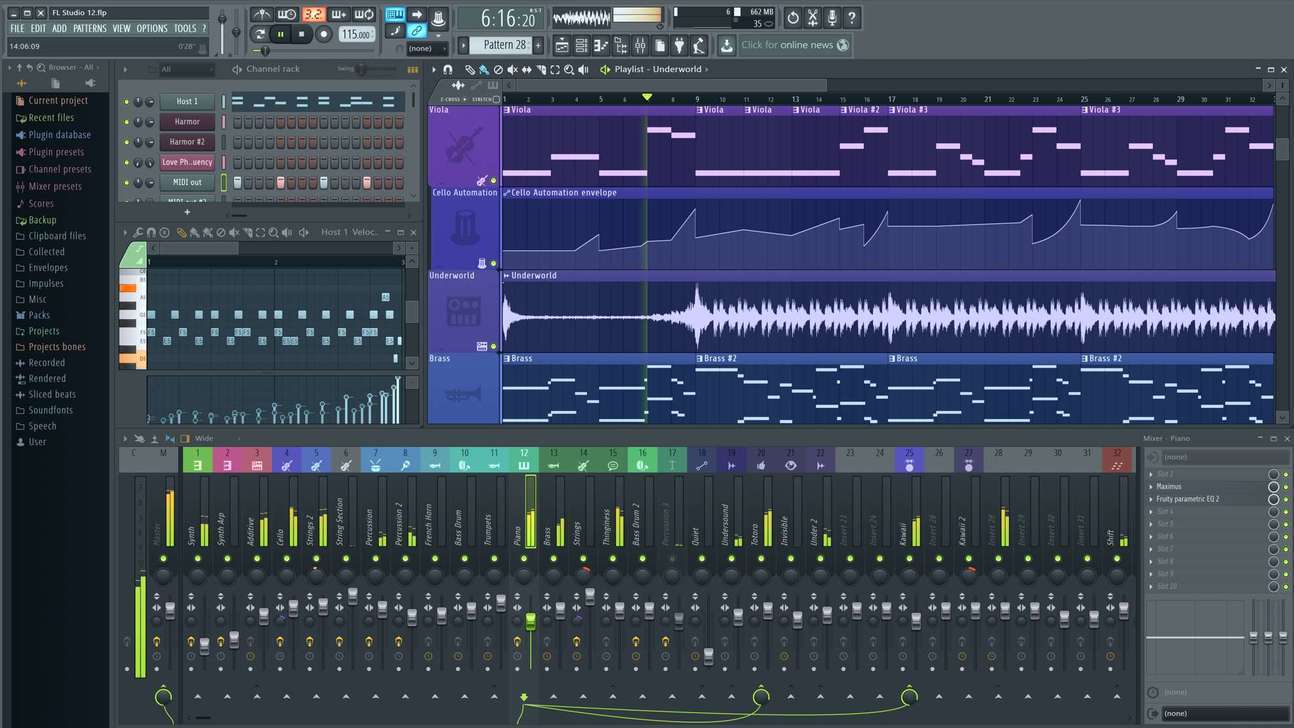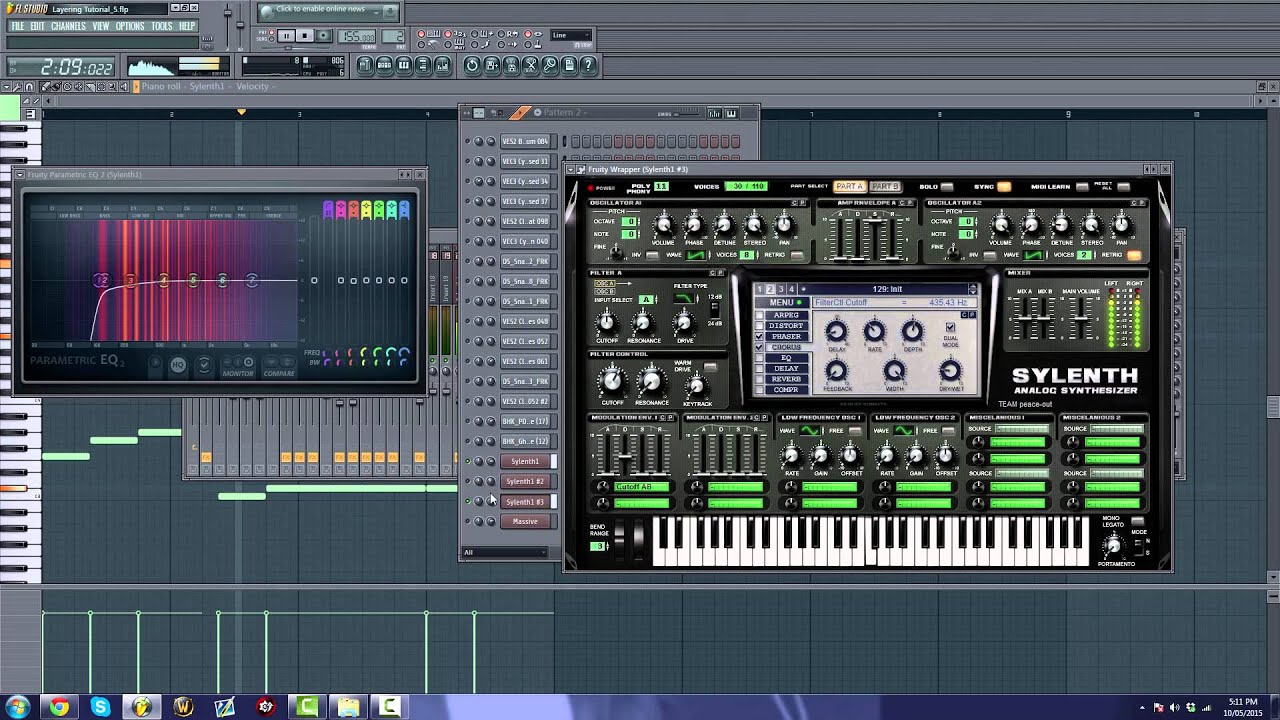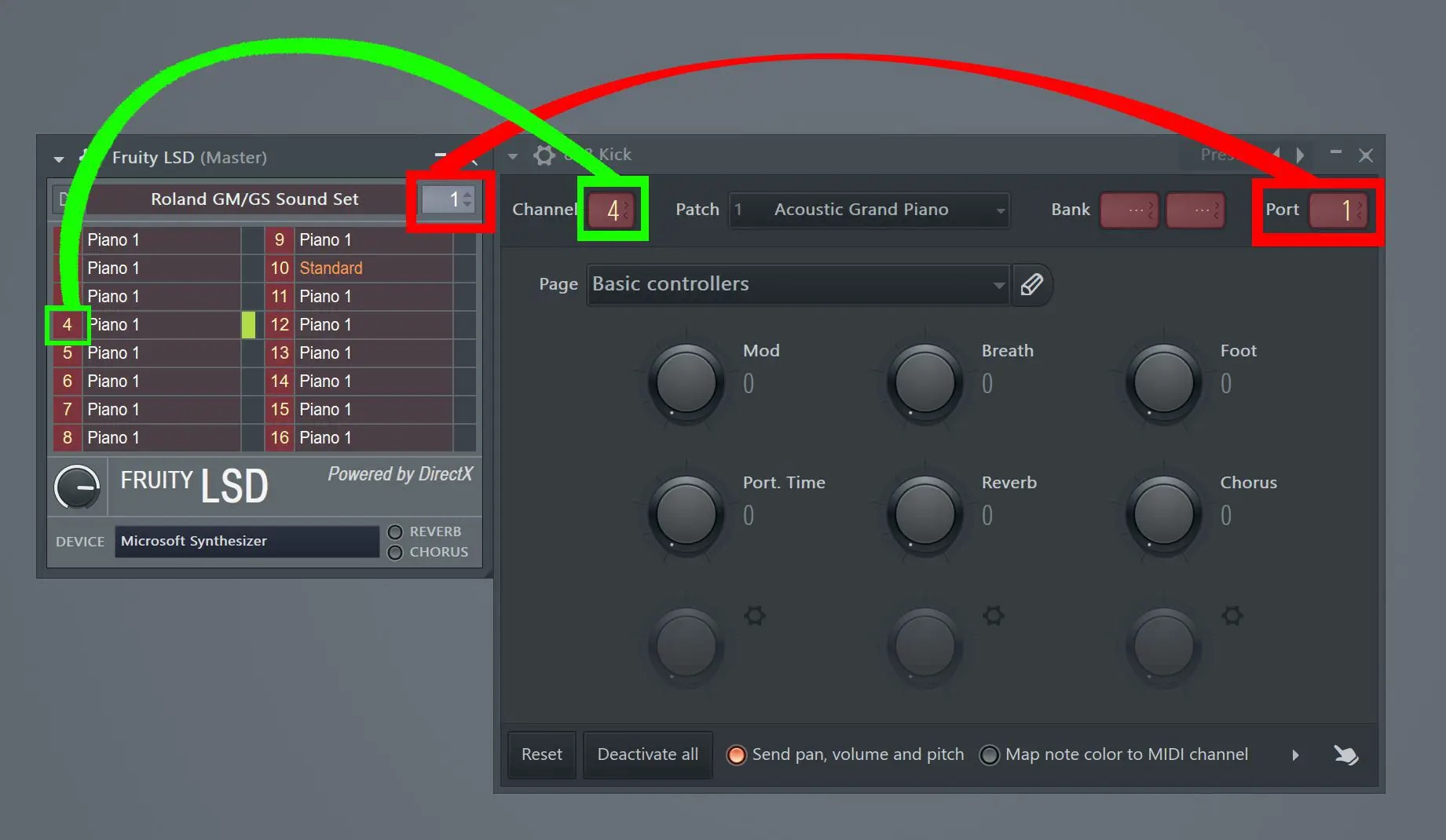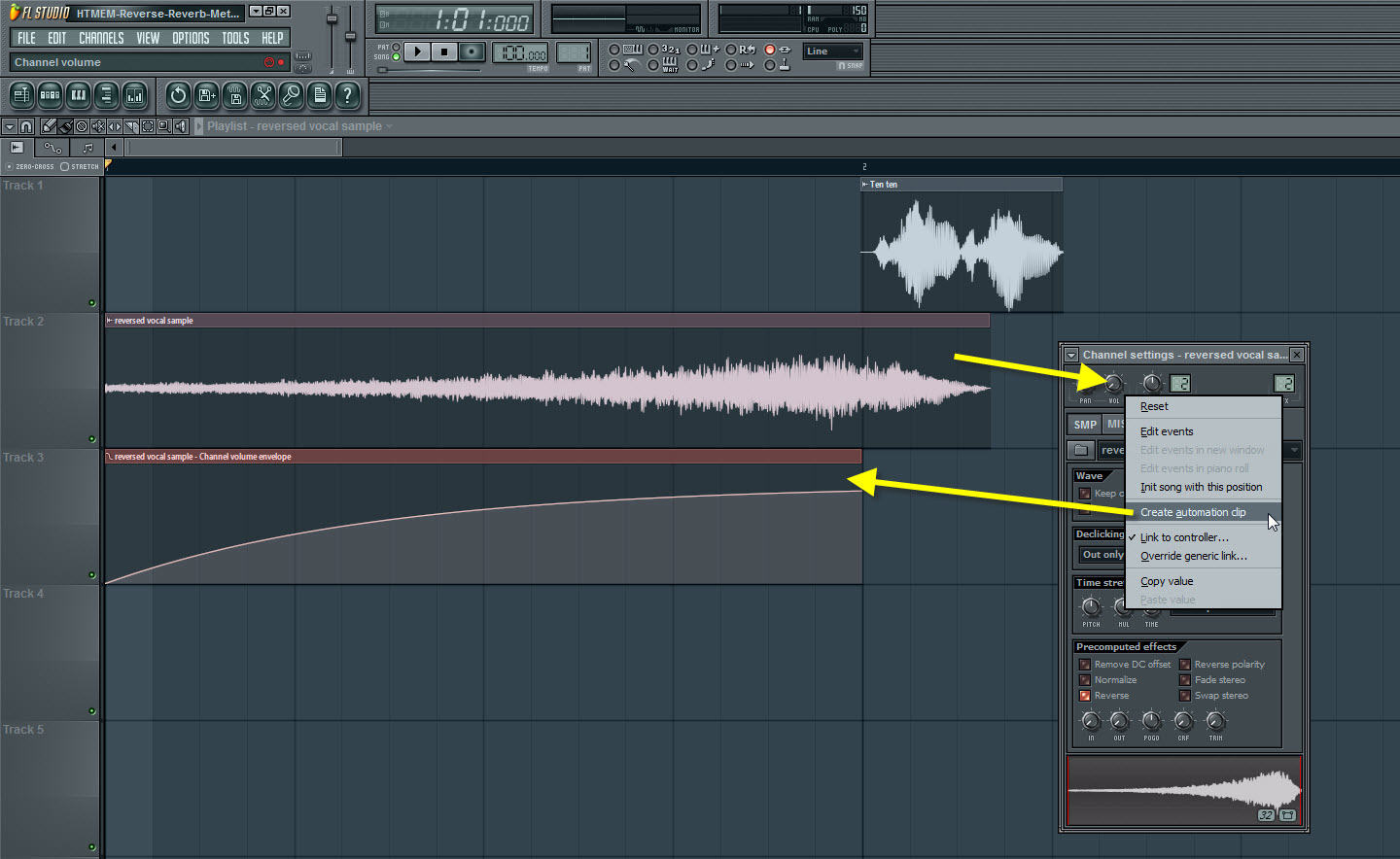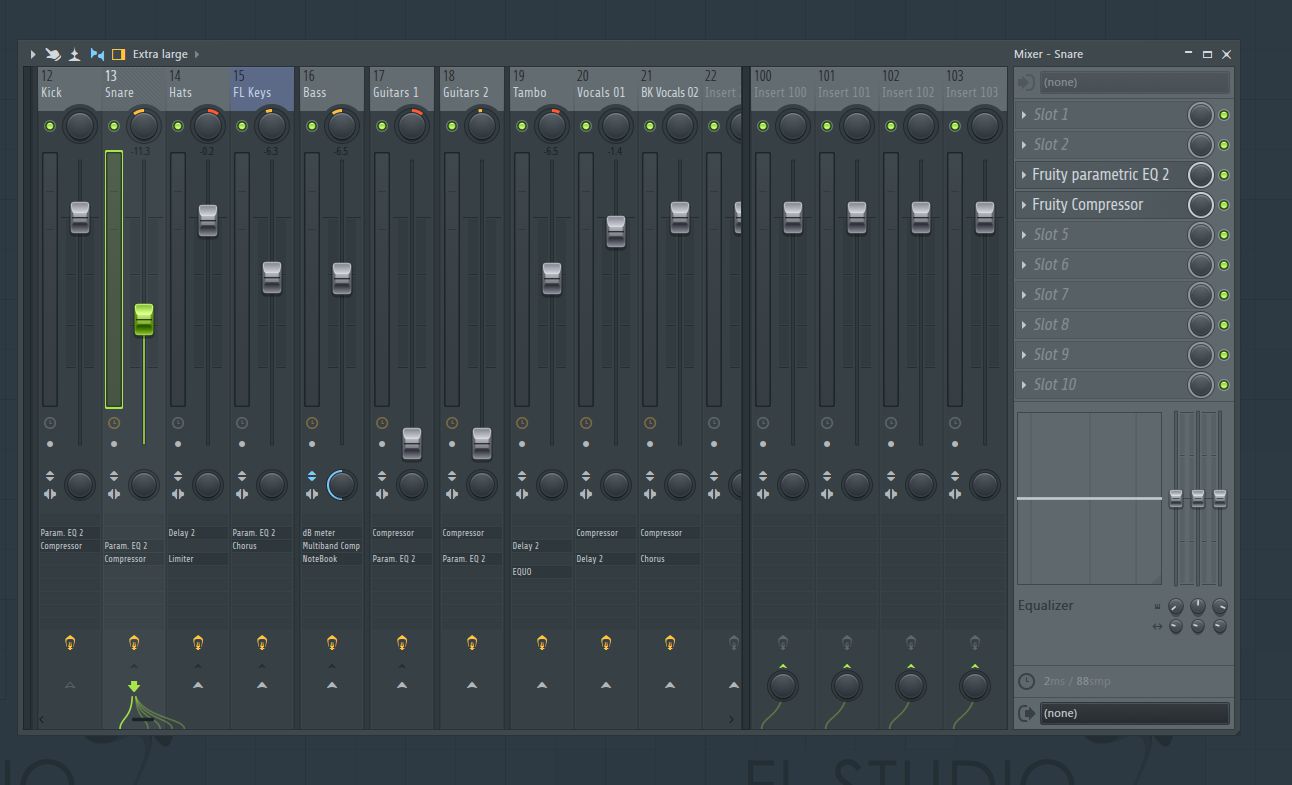Home>Production & Technology>Choir>How To Make A Choir Sound In FL Studio
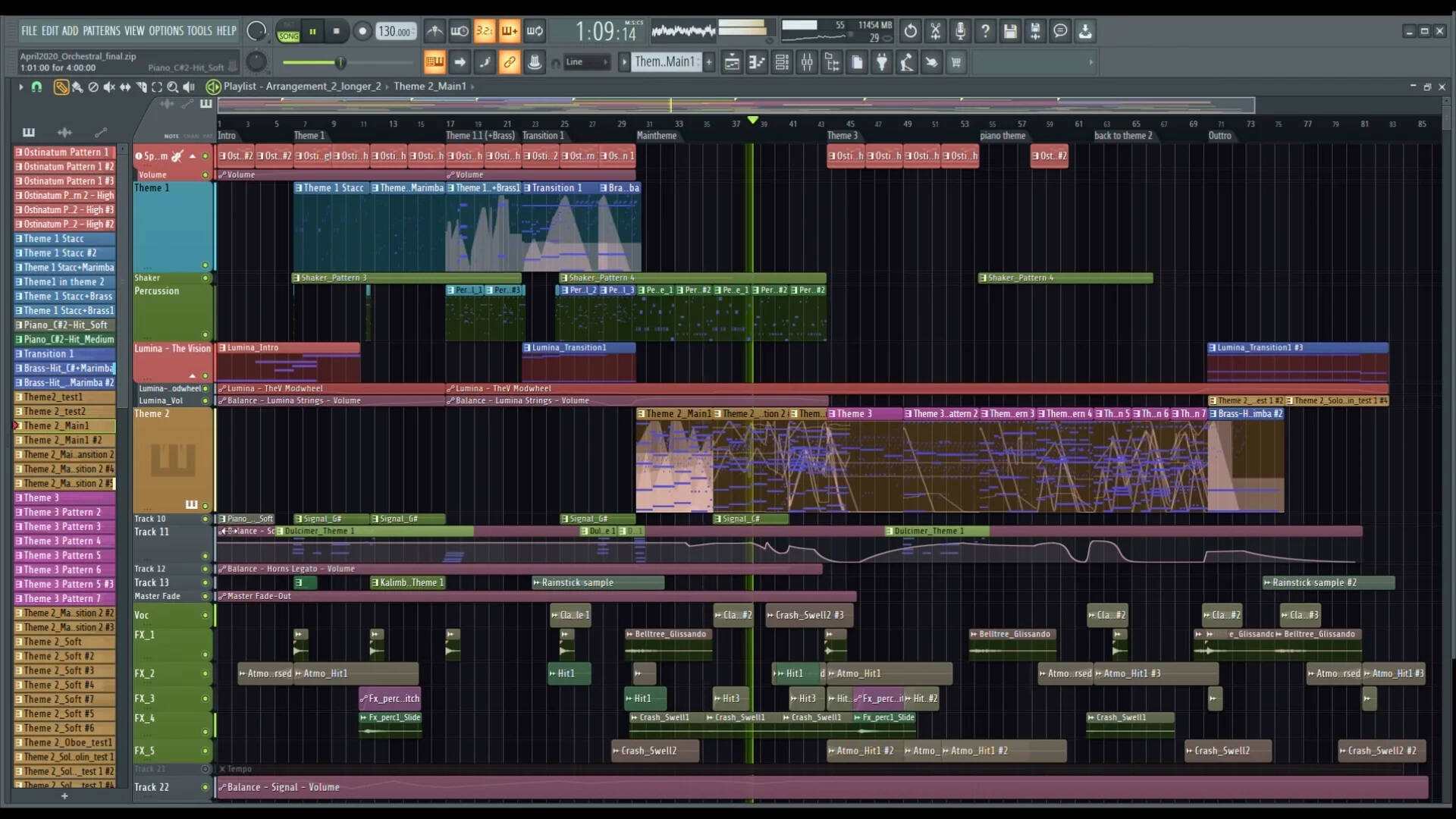

Choir
How To Make A Choir Sound In FL Studio
Published: February 22, 2024
Learn how to create a stunning choir sound in FL Studio with our step-by-step guide. Enhance your music production with realistic choir effects today!
(Many of the links in this article redirect to a specific reviewed product. Your purchase of these products through affiliate links helps to generate commission for AudioLover.com, at no extra cost. Learn more)
Table of Contents
Introduction
Creating a choir sound in FL Studio is an exciting endeavor that allows music producers to infuse their compositions with the rich, harmonious textures of a vocal ensemble. Whether you're aiming to evoke the grandeur of a classical choral arrangement or incorporate the emotive power of a contemporary vocal group, mastering the art of crafting a compelling choir sound can elevate your music to new heights.
In this comprehensive guide, we will delve into the intricacies of producing a choir sound in FL Studio, offering step-by-step insights to help you achieve a professional-quality result. From selecting and setting up choir samples to applying the right effects, creating harmonies, and mastering the final mix, each stage plays a pivotal role in shaping the overall choir sound.
By exploring the technical and creative aspects of this process, you'll gain the expertise needed to bring your musical vision to life. Whether you're a seasoned producer seeking to refine your choir sound or a newcomer eager to explore the possibilities of vocal arrangement, this guide is designed to equip you with the knowledge and techniques necessary to create captivating choir sounds in FL Studio.
With a blend of technical proficiency, artistic intuition, and a touch of experimentation, you'll be able to harness the expressive power of a choir sound to enrich your musical compositions. So, let's embark on this enlightening journey to unlock the secrets of producing a mesmerizing choir sound in FL Studio.
Setting Up the Choir Samples
When it comes to crafting a compelling choir sound in FL Studio, selecting the right choir samples serves as the foundational step in the production process. The quality and character of the chosen samples significantly influence the overall impact of the choir sound within your composition.
Begin by sourcing high-quality choir samples that align with the stylistic and tonal qualities you envision for your piece. Whether you prefer the resonant warmth of a traditional choir or the contemporary edge of a vocal ensemble, the samples should reflect the sonic aesthetic you aim to achieve.
Once you've obtained the choir samples, it's essential to organize and categorize them effectively within FL Studio. Creating a dedicated folder or library for your choir samples streamlines the production workflow, enabling quick access and efficient auditioning during the arrangement process.
In FL Studio, utilizing the sampler or audio clip features allows you to import and sequence the choir samples seamlessly. By aligning the samples to the project's tempo and key, you ensure that they integrate harmoniously with the rest of the musical elements.
Furthermore, leveraging FL Studio's mixer and channel routing capabilities empowers you to apply individual processing and equalization to each choir sample, tailoring their sonic characteristics to fit the context of your composition. This level of customization enhances the cohesiveness and depth of the choir sound, allowing it to blend seamlessly with other instruments and vocals.
Incorporating variations of choir samples, such as sustained vowels, staccato syllables, and vocal effects, expands the sonic palette and adds dynamic expression to the choir arrangement. Experimenting with different combinations and layering techniques enables you to sculpt a nuanced and evocative choir sound that resonates with the emotive core of your music.
By investing time and attention into setting up the choir samples with precision and creativity, you lay a solid groundwork for the subsequent stages of production. This meticulous approach ensures that the choir sound in your composition possesses the depth, authenticity, and resonance that captivate listeners and elevate the overall musical experience.
Adding Effects to the Choir
Once the choir samples are integrated into your composition, the next pivotal step in shaping the choir sound involves applying effects to imbue the vocals with depth, texture, and spatial dimension. By harnessing the diverse array of effects available in FL Studio, you can elevate the choir sound to new levels of sonic richness and emotive resonance.
Equalization and Compression
Commence the enhancement process by employing equalization to refine the tonal balance of the choir samples. By sculpting the frequency spectrum, you can attenuate any resonant frequencies, accentuate the clarity of the vocals, and ensure that each choir element occupies its rightful sonic space. Subtle adjustments in the low, mid, and high-frequency ranges can significantly enhance the overall coherence and presence of the choir sound.
Following equalization, integrating compression allows you to regulate the dynamic range of the choir vocals, ensuring a consistent and impactful delivery throughout the composition. By delicately compressing the choir samples, you can tame any erratic volume fluctuations and impart a polished, professional sheen to the vocal ensemble.
Reverb and Spatial Effects
To infuse the choir sound with a sense of space and grandeur, leveraging reverb becomes indispensable. By judiciously applying reverb effects, you can imbue the vocals with a lush, reverberant ambiance, evoking the acoustics of a cathedral or concert hall. Experimenting with different reverb settings and decay parameters enables you to tailor the spatial characteristics of the choir sound, creating a captivating sense of depth and immersive presence.
In addition to reverb, integrating spatial effects such as stereo widening and panning introduces spatial dynamics that enhance the dimensionality and movement of the choir within the mix. By strategically positioning the choir vocals across the stereo field, you can engender a sense of expansiveness and spatial intrigue, amplifying the overall impact of the vocal arrangement.
Creative Processing and Modulation
Exploring creative processing and modulation effects opens up a realm of artistic possibilities for refining the choir sound. Delving into chorus, flanger, and delay effects allows you to infuse the vocals with captivating movement, ethereal textures, and captivating rhythmic nuances. These effects can lend a distinctive character to the choir sound, elevating its emotive impact and adding a layer of sonic intrigue to the overall composition.
By judiciously integrating a diverse palette of effects, you can transform the choir sound into a compelling, evocative force within your musical creation. The artful application of effects not only enhances the sonic allure of the choir but also imbues the composition with a captivating depth and emotional resonance that captivates listeners and elevates the overall musical experience.
Creating Harmony and Layering
Creating harmony and layering within the choir sound is a transformative process that elevates the vocal arrangement from a singular expression to a rich tapestry of emotive resonance and sonic depth. By infusing the choir with harmonious interplay and intricate layering, you imbue the composition with a captivating sense of depth, texture, and expressive nuance.
Harmonic Arrangement
Harmony lies at the heart of a compelling choir sound, enriching the musical tapestry with lush, interwoven vocal textures. Begin by crafting harmonic arrangements that complement the melodic core of your composition. Whether you opt for traditional triadic harmonies, ethereal cluster chords, or contemporary vocal stacks, the harmonic structure should resonate harmoniously with the thematic essence of the music.
Vocal Layering
Layering forms the cornerstone of sculpting a robust and resonant choir sound. By incorporating multiple vocal layers, you infuse the choir with a multifaceted sonic presence that captivates listeners. Experiment with stacking harmonies, doubling vocal lines, and integrating counterpoint to enrich the choir's timbral complexity and emotive impact.
Textural Dynamics
Integrating textural dynamics through layered vocal arrangements allows you to evoke a spectrum of emotional nuances within the choir sound. By juxtaposing airy, ethereal vocal layers with robust, full-bodied harmonies, you create a dynamic interplay that infuses the composition with a compelling sense of ebb and flow. Embracing subtle shifts in vocal density and arrangement adds a captivating dimension to the choir sound, enriching the musical narrative with evocative depth and emotional resonance.
Artful Expression
Crafting an artful expression within the choir arrangement involves meticulous attention to vocal phrasing, dynamics, and emotive delivery. Encourage expressive nuances within the vocal performances, infusing the choir with a sense of emotive sincerity and authenticity. By imbuing the vocal layers with subtle variations in articulation, dynamics, and tonal shading, you breathe life into the choir sound, creating a profoundly resonant and immersive musical experience.
By embracing the intricacies of creating harmony and layering within the choir sound, you infuse your composition with a captivating sense of artistry and emotive resonance. The interplay of harmonious arrangements, layered vocal textures, and expressive dynamics coalesces to elevate the choir sound to a profound and evocative musical force, enriching the sonic landscape with compelling depth and emotional allure.
Mixing and Mastering the Choir Sound
Mixing and mastering the choir sound represents the culminating phase of the production process, where meticulous attention to sonic balance, spatial cohesion, and tonal refinement elevates the choir arrangement to its full potential within the composition. By navigating the intricacies of mixing and mastering with precision and artistry, you ensure that the choir sound resonates with clarity, depth, and emotive resonance, captivating listeners with its immersive sonic allure.
Vocal Balancing and Spatial Placement
Commence the mixing process by fine-tuning the vocal balance within the choir arrangement. By delicately adjusting the volume levels and panning positions of individual vocal layers, you sculpt a cohesive and immersive sonic landscape where each choir element occupies its rightful sonic space. Paying attention to the interplay of vocal dynamics and spatial placement enables you to craft a balanced and nuanced choir sound that resonates with clarity and expressive depth.
EQ Sculpting and Dynamic Processing
Employing precise equalization techniques allows you to refine the tonal characteristics of the choir sound, accentuating its clarity and presence within the mix. By delicately sculpting the frequency spectrum, you attenuate any tonal imbalances and ensure that the choir vocals resonate with a captivating sense of warmth and clarity. Integrating dynamic processing, such as multiband compression and vocal de-essing, empowers you to regulate the vocal dynamics and refine the articulation of the choir performance, enhancing its impact and emotive resonance.
Spatial Enhancement and Ambience Refinement
Infusing the choir sound with spatial enhancement techniques elevates its immersive presence within the mix. By judiciously integrating reverb, delay, and spatial processing, you imbue the vocals with a lush, reverberant ambiance that evokes a captivating sense of depth and spatial intrigue. Experimenting with spatial parameters and ambience settings allows you to tailor the spatial characteristics of the choir sound, creating a captivating sonic environment that envelops listeners in its emotive resonance.
Mastering Finesse and Sonic Polishing
The mastering stage represents the final polish that refines the choir sound to its full sonic potential. By applying mastering techniques such as multiband compression, stereo enhancement, and harmonic excitation, you impart a professional sheen and cohesive tonal balance to the choir arrangement. Carefully calibrating the mastering parameters ensures that the choir sound resonates with clarity, depth, and sonic cohesion, ready to captivate listeners with its immersive and emotive allure.
By navigating the intricacies of mixing and mastering the choir sound with artful precision and technical finesse, you elevate the vocal arrangement to a profound and captivating sonic force within the composition. The meticulous attention to vocal balance, tonal refinement, and spatial cohesion coalesces to imbue the choir sound with a captivating sense of depth, emotive resonance, and sonic allure, enriching the musical narrative with a compelling and immersive sonic experience.



